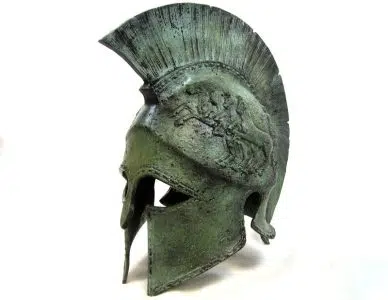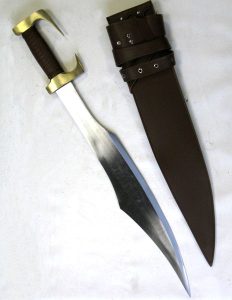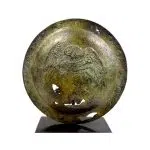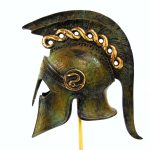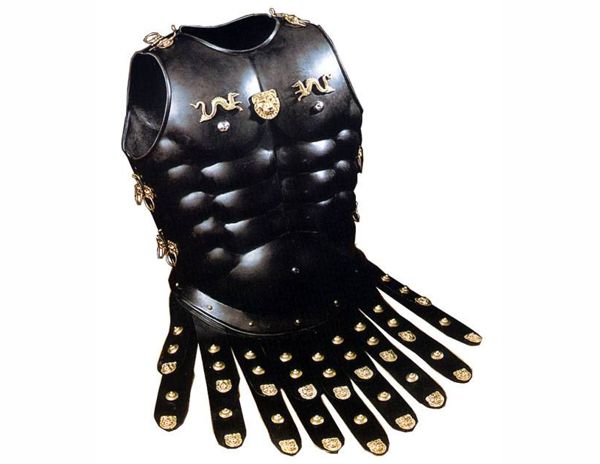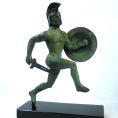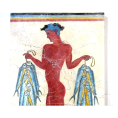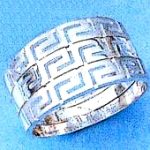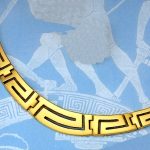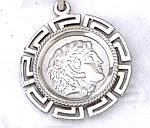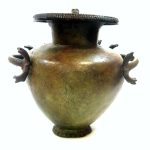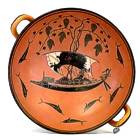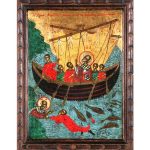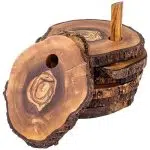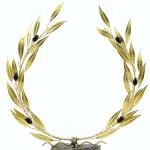Greco-Persian Battles
The Persian wars were a series of engagements between the massive Persian empire and the various city states of ancient Greece over the course of 40 years (499-449 BC).
The tension between the Greeks and the empire of Persia is believed to have been a result of the violent uprising known as the Ionian Revolt in 499 BC.At the time, the empire of Persia, and it’s ruler Darius the Great, had taken control of several civilizations in Asia minor, leaving tyrants to rule the various cities on behalf of the empire of Persia.
The city of Ionia would rebel against the Persians with the assistance of Athens. The Ionia revolt, although promising at first, would become something of a debacle.
After one major offensive against the Persians, the rebels would be continuously put on the defensive for the rest of the military engagement.
Persia would effectively crush the revolution and then set its sights across the Aegean to Athens. Darius the Great intended to punish the Greeks for their support of the failed revolution.


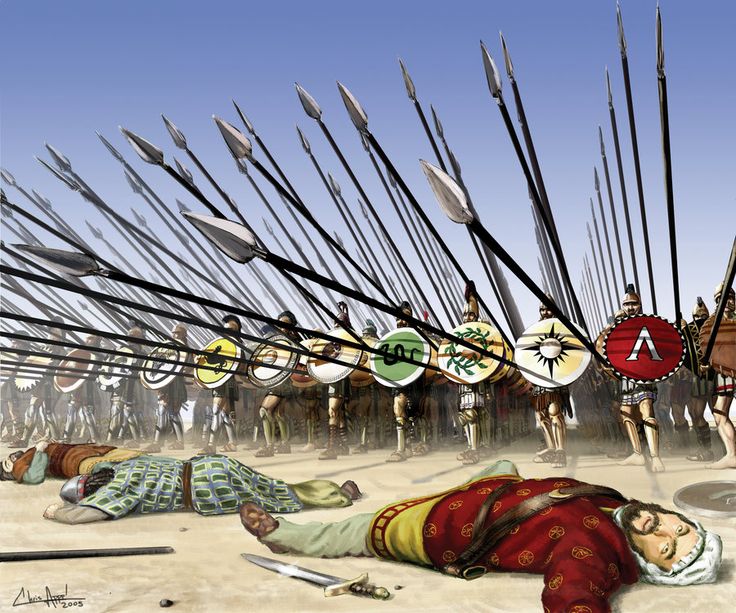
Battle of Marathon
Battle of Marathon, 490 BC The battle of Marathon is often considered the military engagement that would define the first Persian invasion of Greece.
The Persian army landed at the bay of Marathon with the intent of marching to Athens, some 26 miles away, and destroying the city as punishment for their defiance of the empire. Athens, under the guidance of the general Miltiades, would march their smaller army to Marathon and engage the Persian forces before they had a chance to attack Athens.
Miltiades arranged his army in a narrow valley along the route to Athens with the intent of blocking the Persian advance. The narrow corridor would prevent the Persians from implementing their cavalry, which is often considered the source of their military dominance. The Persian infantry was now forced to march head on into a disciplined Athenian army with bronze shields, bronze helmets and steeled determination.
The Greeks would see victory at Marathon. Their tactics would allow them to slaughter the approaching invaders and eventually force them back to their ships and across the Aegean sea. Miltiades sent a messenger to Athens to tell of the great victory. The man is said to have run the 26 miles, reached Athens and declared “Nike!”, the Greek word for ‘victory’. He then promptly died in the city square. This story is the origin for the modern act of “running a marathon”.
Battles of Thermopylae & Artemisium, 480 BC
After the death of Darius the Great, his son Xerxes inherited not only his fathers empire but also his ambiitons. He soon started preparing his army for a massive invasion of Greece.
In 481 BC Xerxes sent ambassadors across Greece demanding that all city-states submit to his empire. Sparta and Athens refused and, along with several smaller Greek cities, would form an alliance against their common enemy. in 480 BC, Xerxes marched his army across modern day Europe and then intended to march south towards Greece and Athens.
The allies took up defensive positions in an attempt to block the advance of an army that outnumbered them 50 to 1. King Leonidas of Sparta, along with his 300 Spartans and some 7000 allied soldiers, took up position at the pass of Thermopylae.
Meanwhile Themistocles, the Athenian general and the newly built Athenian navy attempted to block the Persians by sea at the strait of Artemisium. The allies used the same tactic that Miltiades had used at the battle of Marathon.
By forcing the Persian army into a bottleneck, the smaller Greek army stood a chance at holding their ground.
Similarly Themistocles hoped to outmaneuver the massive Persian ships by forcing them into the narrow strait of Artemisium. Both Leonidas and Themistocles battle bravely for two days. However Leonidas was killed along with the Spartans and Thespeian warriors and Xerxes was allowed to pass through Thermopylae.
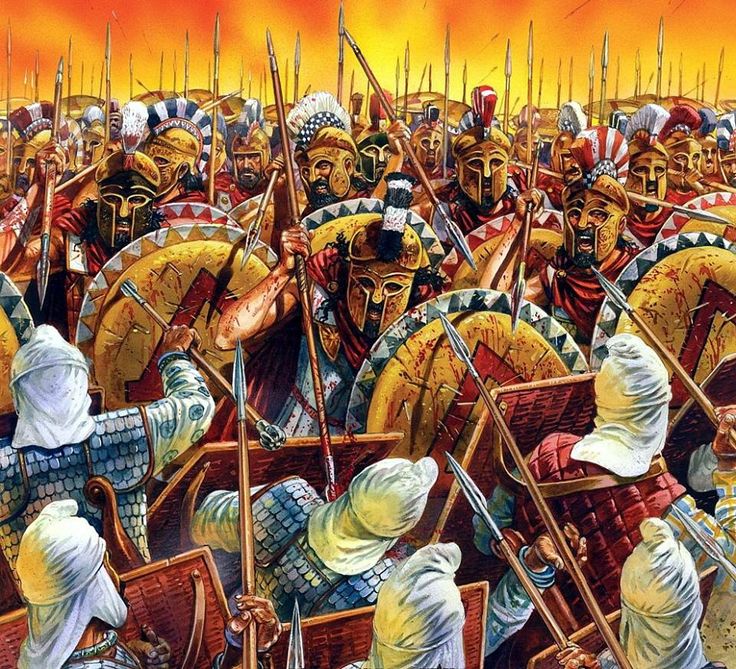

at the Battle of Thermoplyae


Battle of Salamis, 480 BC
There was nothing stopping the massive Persian army and they marched onto Athens unchallenged. Themistocles had ordered the evacuation of Athens. Using the allied navy for support, Athens was evacuated and the citizens were transported to the island of Salamis, some thirty miles away.
With nobody to defend the city, Xerxes raided Athens and set it to fire. It would appear that defeat was close at hand for the Greeks. Themistocles would remain resolute. Using a clever form of subterfuge he sent an messenger to Xerxes explaining that the allied navy was harbored near Salamis and had fallen into chaos.
Xerxes, hoping for a quick victory, ordered his navy to pursue the Greeks into the strait of Salamis. Instead of disorganized ships, the Persians were greeted by highly organized war vessels prepared for battle.
The Greek navy broadsided the Persian fleet and utilized their maneuverability to outflank the cumbersome Persian ships. Within the narrow confines of the strait, the Persian armada fell into chaos.
Battle of Platea, 479 BC
The Allied Greek navy had won an unlikely but decisive victory at Salamis, preventing the conquest of the Peloponnesus. Xerxes then retreated with much of his army, leaving his general Mardonius to finish off the Greeks the following year.
In the summer of 479 BC the Greeks assembled a huge army and marched out of the Peloponnesus. The Persians
retreated to Boeotia and built a fortified camp near Plataea. TheGreeks, however, refused to be drawn into the prime cavalry terrain around the Persian camp, resulting in a stalemate that lasted 11 days.
While attempting a retreat after their supply lines were disrupted, the Greek battle line fragmented. Thinking the Greeks in full retreat, Mardonius ordered his forces to pursue them, but the Greeks
(particularly the Spartans, Tegeans and Athenians) halted and gave battle, routing the lightly armed Persian infantry and killing
Mardonius.
A large portion of the Persian army was trapped in its camp and slaughtered. The destruction of this army, and the remnants of the Persian navy allegedly on the same day at the Battle of Mycale, decisively ended the invasion. After Plataea and Mycale the Greek allies would take the offensive against the Persians, marking a new phase of the Greco-Persian Wars.
Find out more about the Greek Culture and history on the website of the greek art shop Hellenic Art!

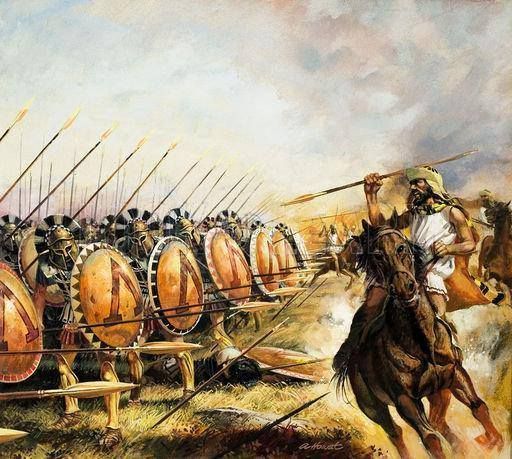
Source: Classicalwisdom.com, Wikipedia

